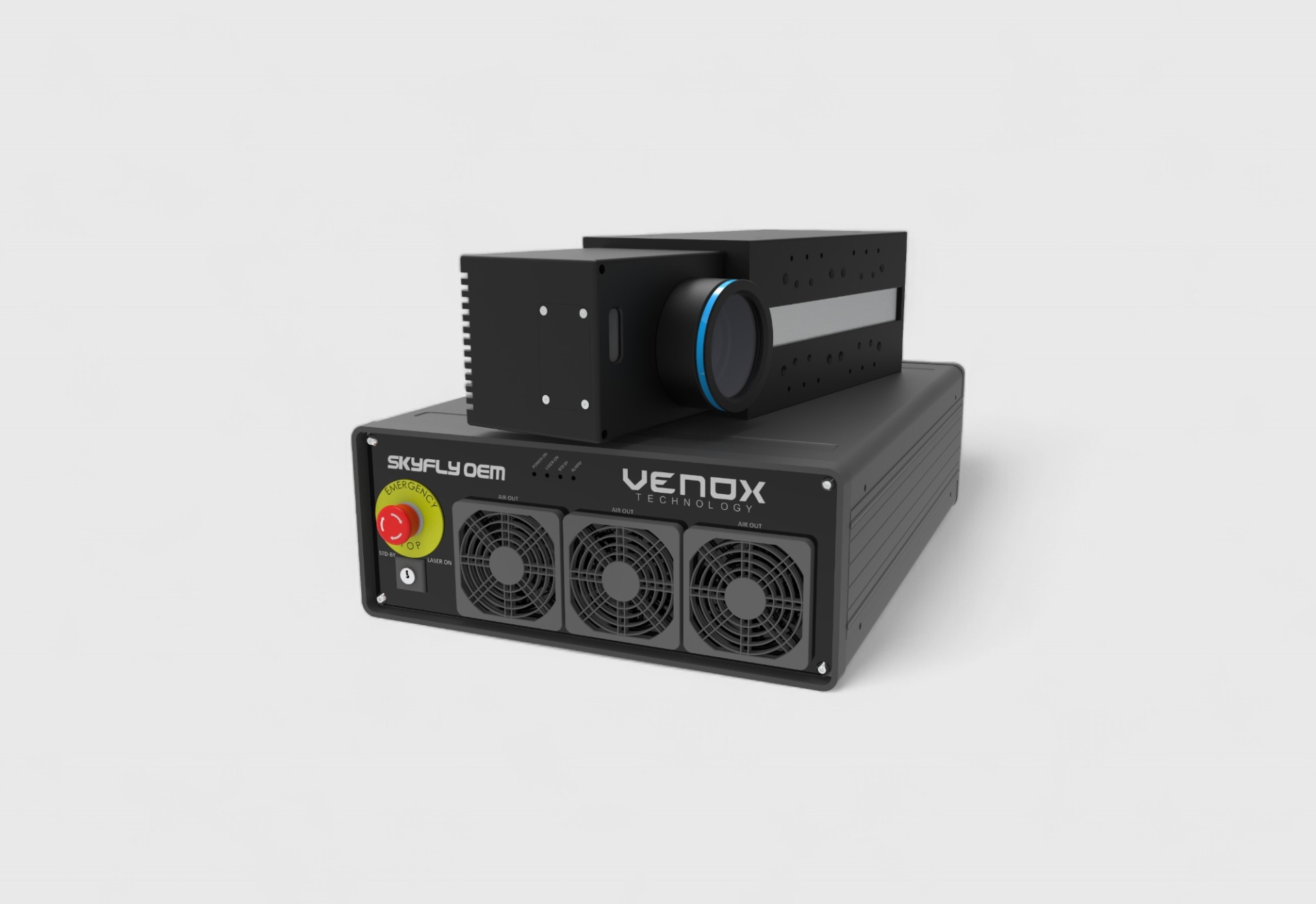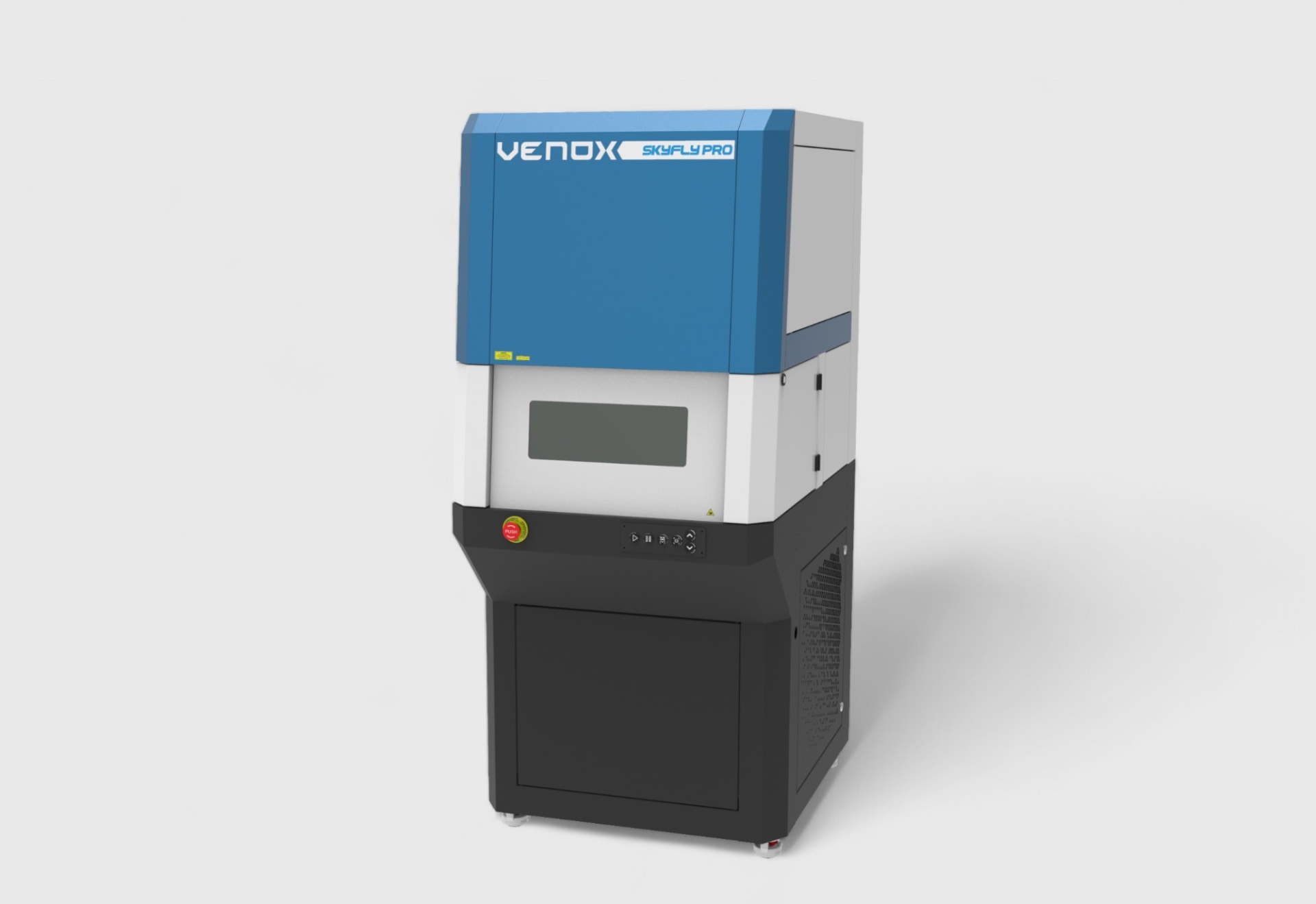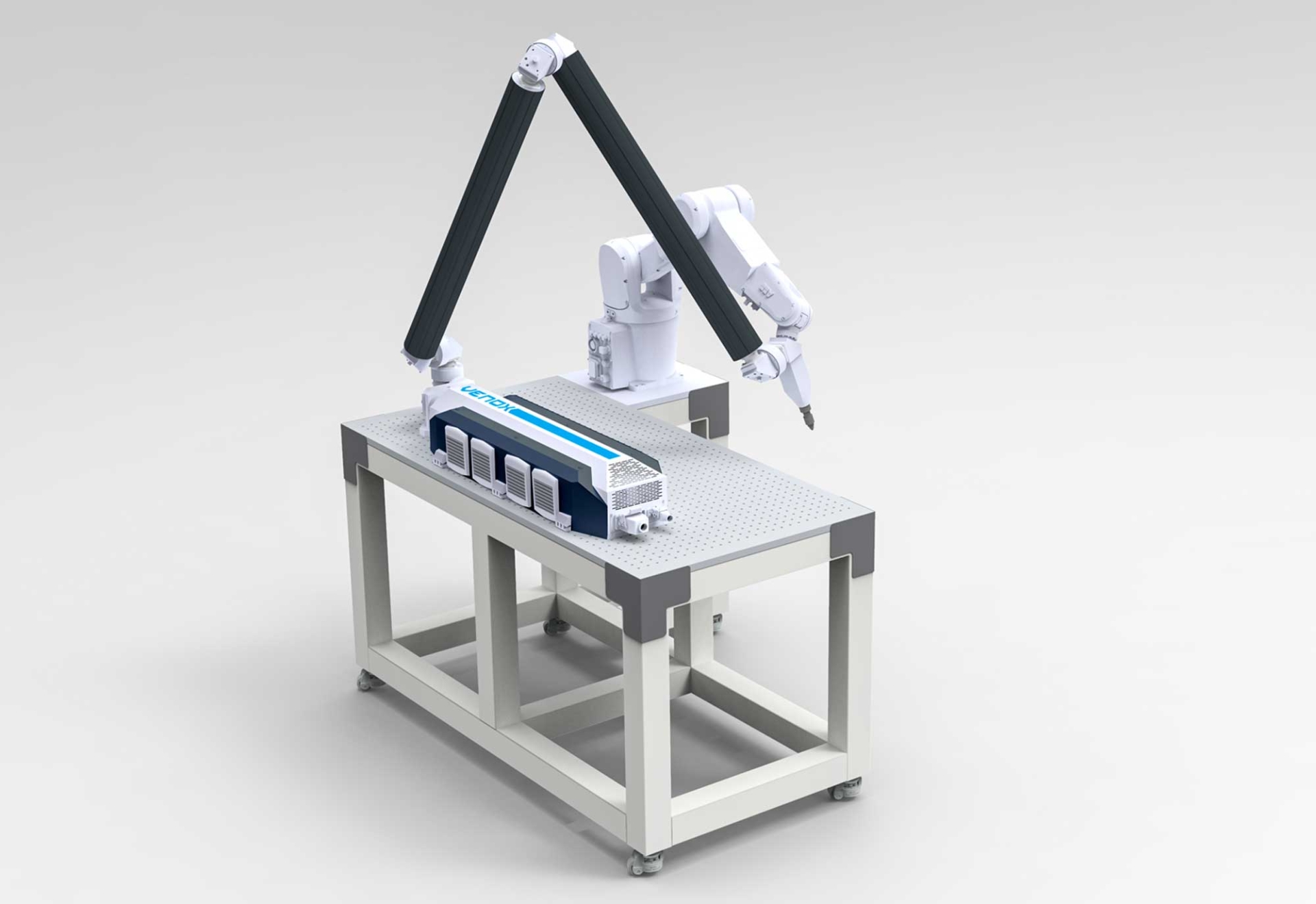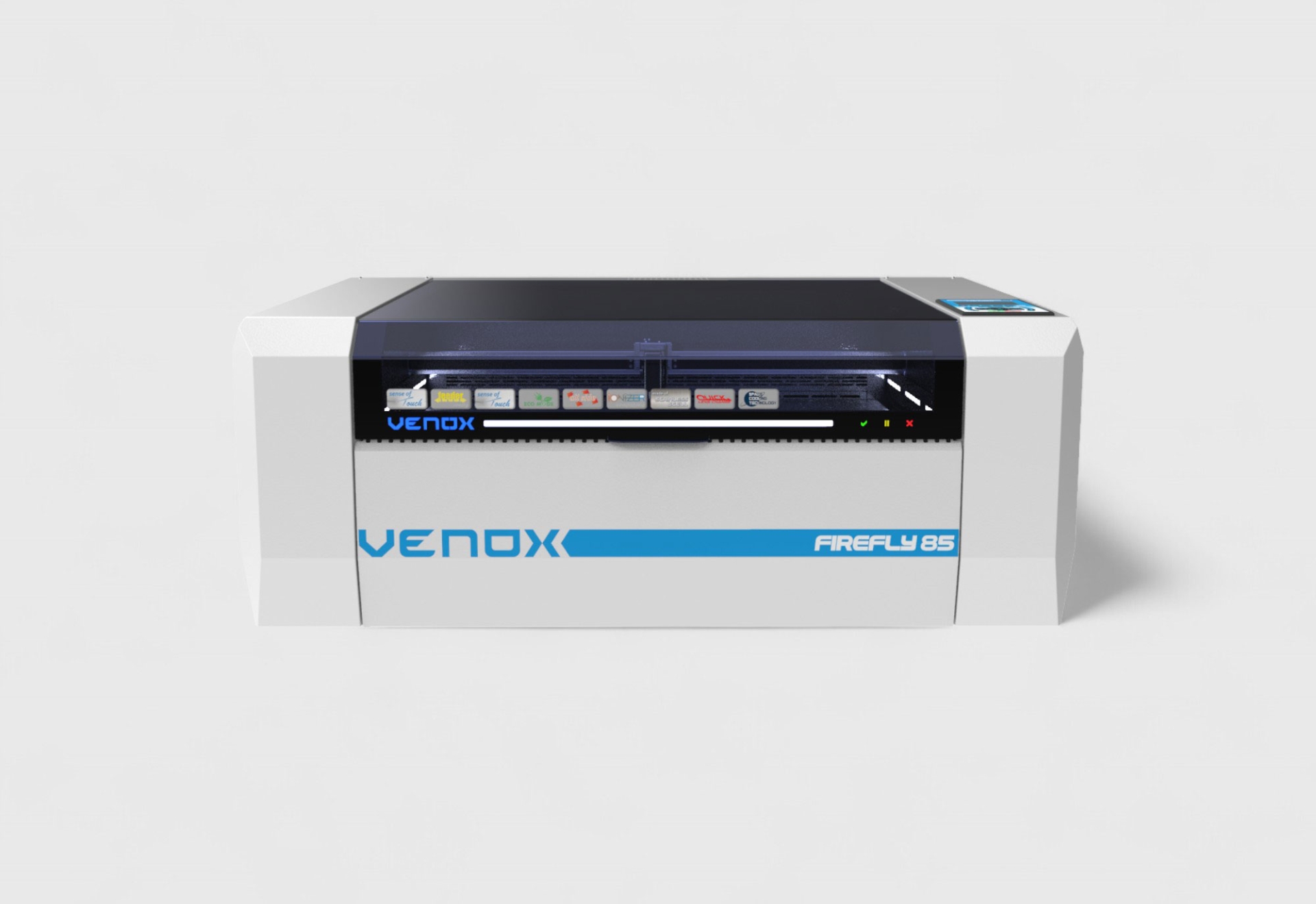Laser marking is a high-precision processing technique widely used in industrial production processes. This technology uses laser beams to create permanent marks, writings, patterns, or logos on the surface of materials. Laser marking is typically applied to materials such as metal, plastic, glass, wood, and leather, creating physical or chemical changes on the material’s surface. It is an extremely fast and precise process, offering both aesthetic and functional advantages.
Laser marking is based on the principle of focusing a laser beam on a material surface and applying heat to process it. When the laser beam is focused on the material, it generates high thermal energy. This energy leaves a permanent mark on the material’s surface. Depending on the material, the laser beam can cause a color change, abrasion, etching, or structural changes to the surface.
Laser marking can produce different results depending on the type of material. For metals, the laser typically causes a color change on the surface, while in materials such as plastic and wood, the laser’s intensity may scratch or burn the surface. Laser marking is usually applied using three main techniques:
Laser Etching: The laser beam abrades the material's surface to create a mark. This process removes only the surface layer, leaving permanent and clear marks without damaging the underlying material.
Laser Burning: The laser beam is used to create a color change, particularly in materials like plastic. The laser causes the surface to burn, leaving a contrast with the material’s original color.
Laser Color Change: The laser creates a color change on the surface by altering its chemical structure, resulting in a noticeable change in the material's color.
The most significant advantage of laser marking is its high precision and durability compared to other marking and labeling methods. The key benefits of this technology include:
High Precision and Quality: Laser marking is an extremely precise process, allowing even the smallest details to be marked clearly. This makes it ideal for complex designs, logos, serial numbers, or barcodes, which can be created with exceptional accuracy.
Permanent Marking: Marks made by laser marking are highly durable. The surface changes, including abrasion, color change, or chemical reactions, ensure that the markings are permanent and will not fade over time. This is especially important in industries where traceability and tracking are necessary.
Environmentally Friendly and Clean: Laser marking is a process that does not require the use of chemicals or solvents. This provides an environmentally friendly solution and minimizes waste. Additionally, laser marking is clean, leaving no residue, dust, or dirty liquids like other processing methods.
High-Speed Operation: Laser marking machines operate at high speeds, adapting to fast production processes. This is a significant advantage for businesses involved in mass production. Laser machines can perform a large number of markings within minutes.
Versatility: Laser marking can be applied to a variety of materials, including metal, plastic, wood, glass, leather, and more. Additionally, laser marking machines are capable of performing precise markings on 3D surfaces, making them highly versatile and suitable for various industries.
Laser marking has a wide range of applications across many industries. The primary application areas include:
Automotive Industry: In the automotive sector, laser marking is commonly used to add serial numbers, barcodes, or traceability marks to vehicle parts. This ensures quality control and traceability during the production process.
Electronics Industry: Laser marking plays a significant role in the production of electronic devices. Serial numbers, production dates, and manufacturer information are laser-marked on electronic components, particularly on microchips and circuit boards, aiding in product tracking and quality control.
Packaging and Labeling: In the packaging industry, laser marking is used to print product labels, barcodes, production dates, and expiry dates. This ensures that the labels are more durable and permanent.
Medical Industry: Laser marking is widely used on medical devices and equipment. It simplifies sterilization processes, tracks production information, and provides essential safety markings.
Jewelry and Fashion Industry: In the jewelry sector, laser marking technology is used to add intricate and permanent marks, patterns, or names to jewelry pieces. Similarly, leather products and garments can also undergo aesthetic laser marking.
Chemicals and Pharmaceutical Industry: Laser marking is used on pharmaceutical packaging and chemical product containers to process production dates, expiry dates, and safety information in a permanent manner.
Laser marking machines are generally divided into two main categories: fiber laser marking machines and CO2 laser marking machines.
Fiber Laser Marking Machines: Fiber lasers are the most commonly used lasers for metal materials. They produce high energy density and are highly efficient. Fiber lasers provide excellent marking results on metals such as steel, aluminum, and copper. These machines are known for being durable, efficient, and low-maintenance.
CO2 Laser Marking Machines: CO2 lasers are typically used on organic materials (plastics, wood, leather, glass). While they can be used on metal surfaces, their performance is lower compared to fiber lasers. CO2 lasers are generally more affordable and suitable for small businesses.
Conclusion
Laser marking technology offers an essential solution for meeting the fast and effective processing needs of industrial production. With high precision, permanent marking, environmental friendliness, and versatility, laser marking is widely preferred across many industries. Laser marking plays a critical role not only for aesthetic purposes but also for ensuring traceability, quality control, and security. With advancements in technology, laser marking machines are expected to become even faster, more efficient, and cost-effective, further enhancing their role in industrial production processes.







